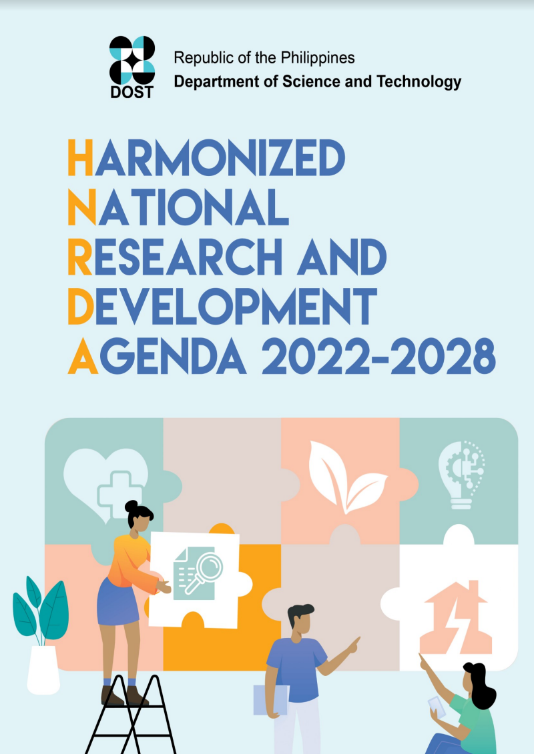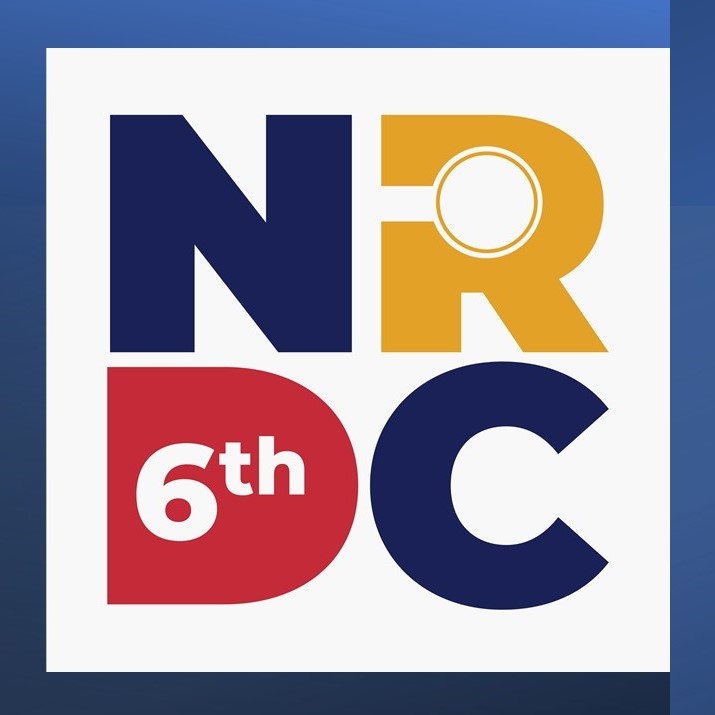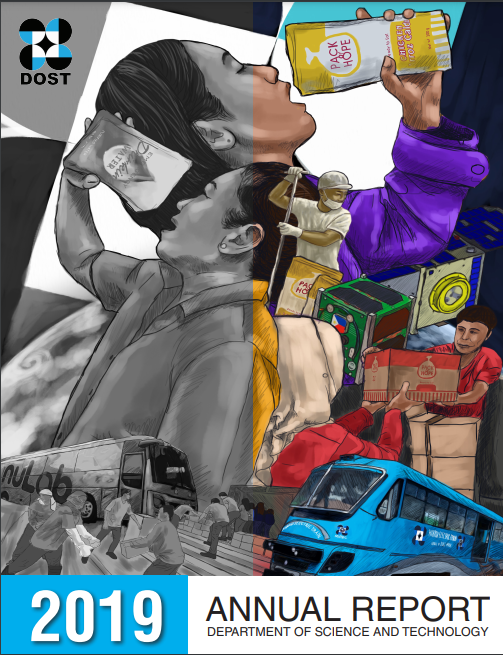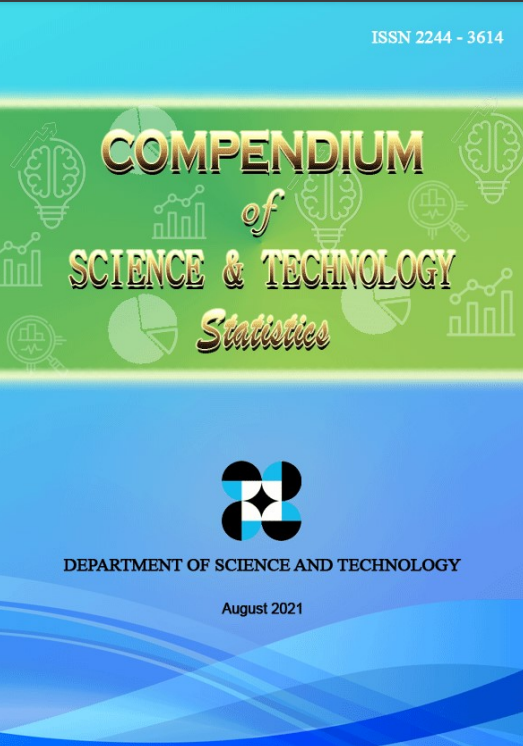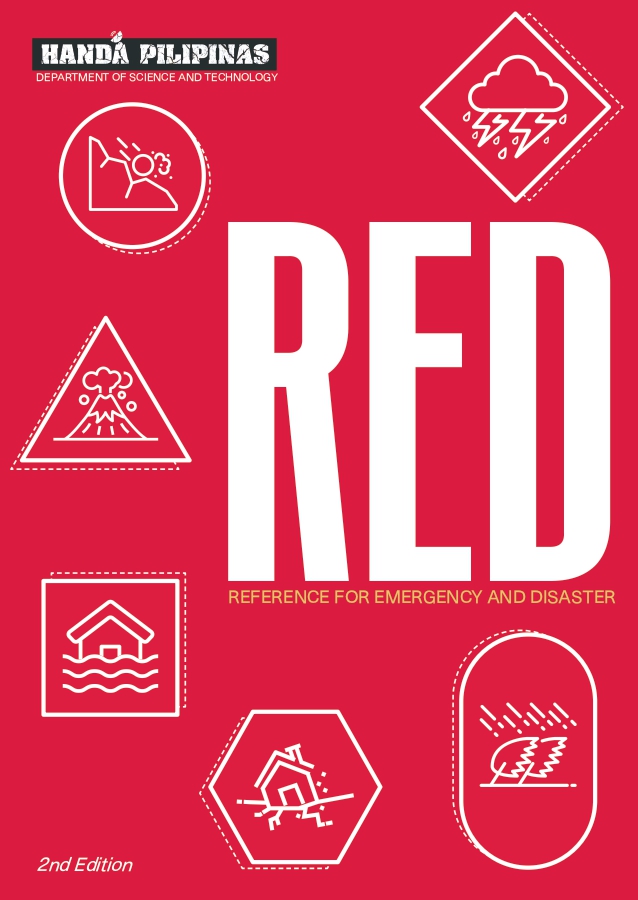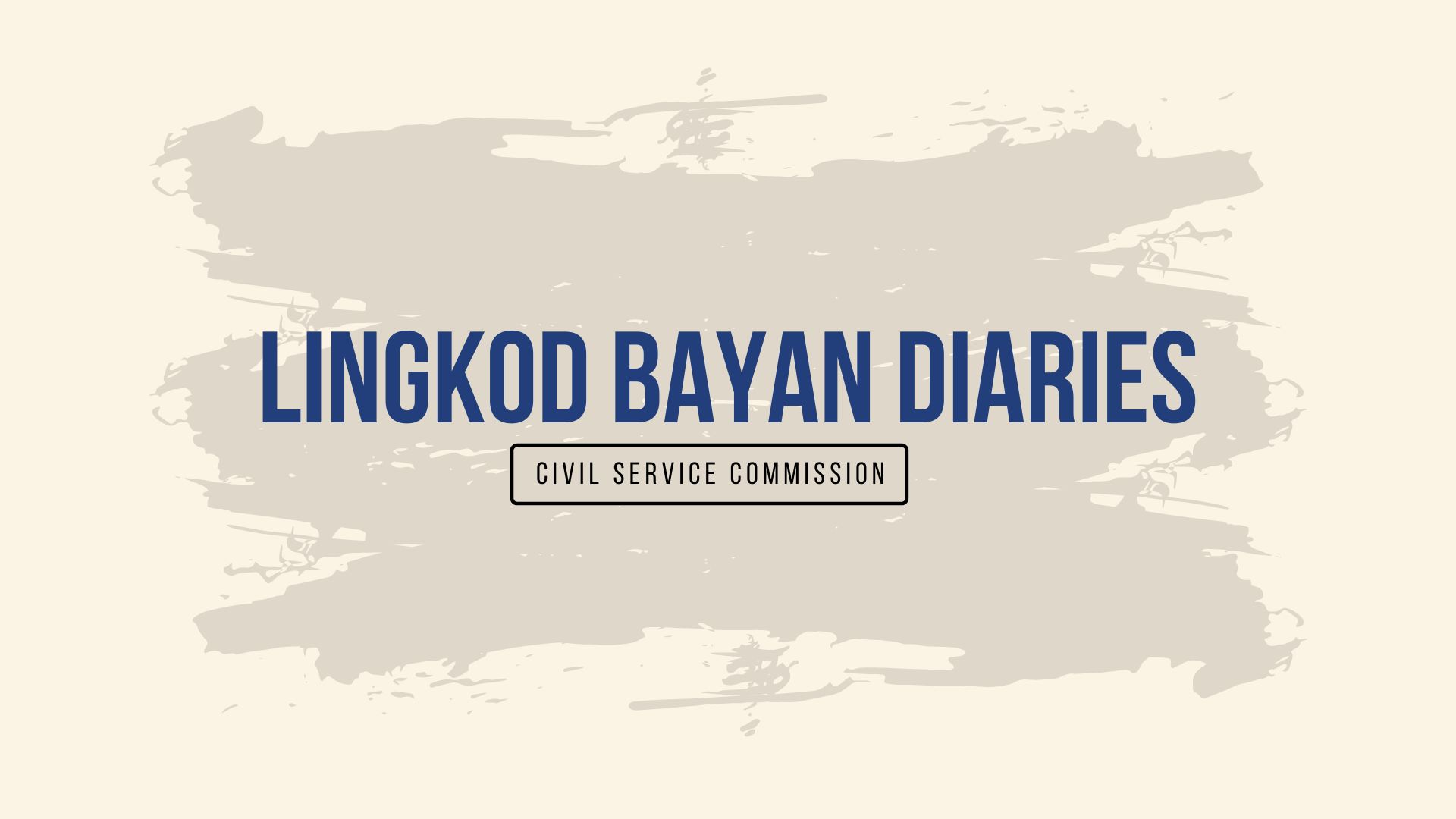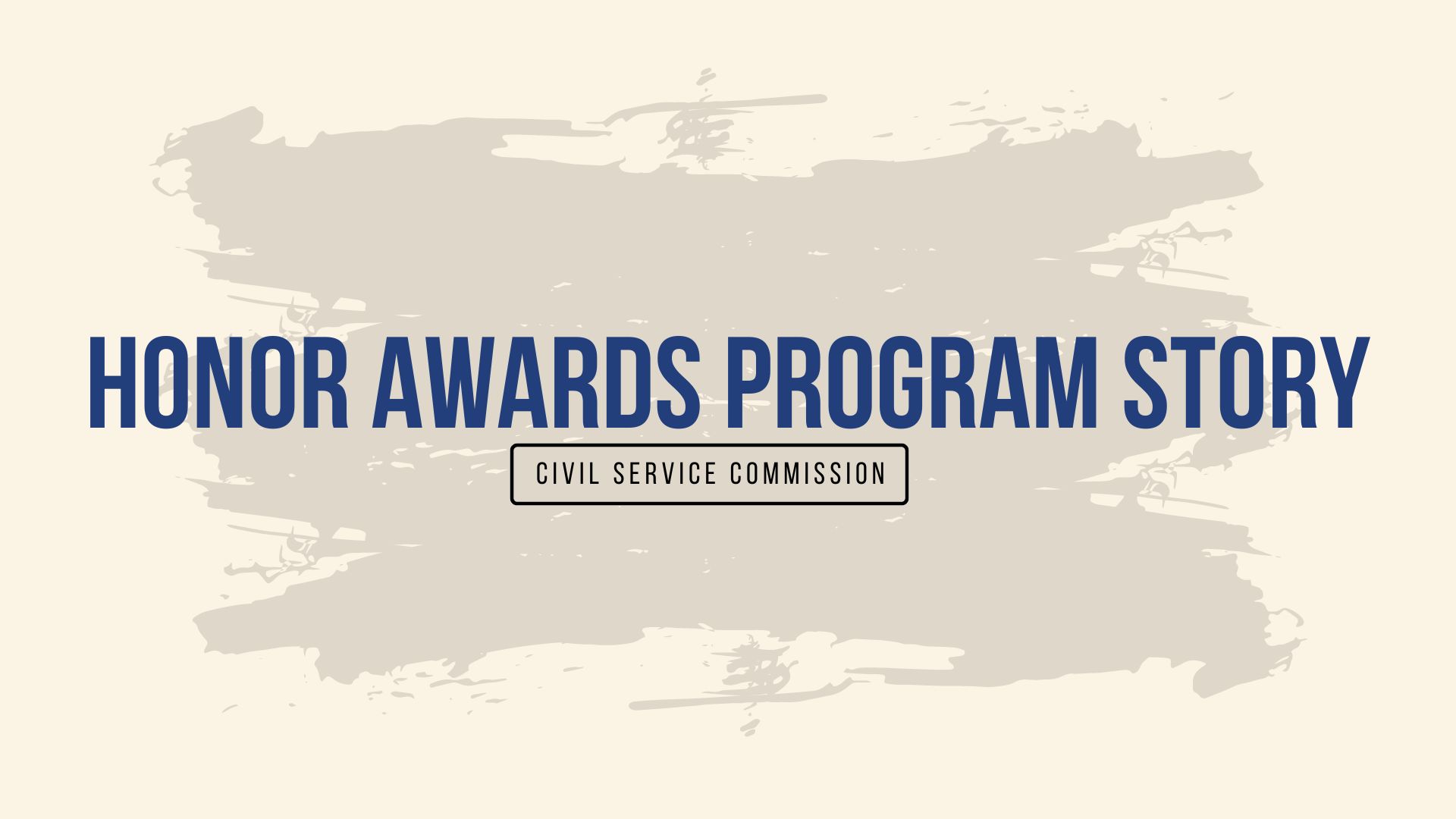DOST’s tsunami warning system makes coastal communities safer
- Details
- Hits: 8809
People living in high-risk coastal communities in Pangasinan and Albay are now better prepared for possible tsunami (events) with the recent installation of a tsunami detection system that provides real-time information and warning signals.
Called the Community Tsunami Detection and Warning System, the locally-developed equipment were installed recently in said provinces by experts from the Philippine Institute of Volcanology and Seismology (PHIVOLCS) and Advance Science and Technology Institute (ASTI), both of the Department of Science and Technology (DOST).
A Grant-in-Aid project of DOST titled “Establishment of a Cost-Effective Local Tsunami Early Warning System for Selected High-Risk Coastal Communities of the Philippines” or TeWS, the technology was put in place to provide a cost-efficient yet reliable system device for tsunami forecast and allow timely disaster response.
PHIVOLCS and ASTI undertook the first installation off Bolinao, Pangasinan in the Lingayen Gulf last September— the first complete set of tsunami ultrasonic sensors to be put in place. Later, tsunami warning sirens were installed in the following pilot barangays: Barangay Poblacion in Bolinao, Poblacion in Lingayen, and Gueset, Pugaro, and Binloc in Dagupan City.
Meanwhile, in Albay Gulf, the Community Tsunami Detection System and a warning siren was installed in the municipality of Rapu Rapu, while four other warning systems were put in place in the capital city of Legazpi.
The technology is basically made up of a platform with a 15-meter high pole. Two types of sensors are attached to this pole: the ASTI-designed ultrasonic tide gage sensor which notes the rise and fall of the sea level, and the PHIVOLCS-designed wet and dry sensors. The wet sensor detects post-earthquake receding water which may signal an impending tsunami, while the latter determines if water had already hit the pole. The wet sensor is installed at 1-, 5-, and 10-meter heights above sea level.
Information generated by the system reaches the LGU in near real-time. In cases when an earthquake is strong enough to cause a tsunami, the LGU can sound off the warning siren to warn those living in coastal areas and give them enough time to prepare and flee their homes, thus allowing the Philippines to climb several notches higher in the area of disaster preparedness and management.
Presently ongoing is the construction of two warning sirens in Subic, two in Olongapo, and one in Subic Bay Metropolitan Authority (SBMA). (Angelica A. de Leon, S&T Media Service)
DOST’s DREAM project takes off
- Details
- Hits: 12812
To jumpstart the country’s first extensive three dimensional (3D) mapping program, two aircrafts carrying state-of-the-art Light Detection and Ranging or LiDAR instruments took off last week at Clark Airbase to begin scanning the Pampanga river basin.
The development of 3D maps is part of the Department of Science and Technology (DOST)’s Nationwide Operational Assessment of Hazards or Project NOAH, the country’s flagship program in disaster mitigation. Particularly, it is a component of Project NOAH’s Disaster Risk and Exposure Assessment for Mitigation or DREAM Program.
Project NOAH’s DREAM component will create stunning 3D images—reliable, detailed, and up-to-date flood models of the country’s 18 major river basins plus watersheds, and later will include all other flood-prone areas in the country. In two years, DREAM will complete all flood models of the major river basins, which is roughly 33 percent of the country’s total land area.
According to to DOST Sec. Mario Montejo, the fine-resolution maps will be processed to produce more accurate flood models that will serve as basis to warn communities in advance of potentially deadly floods.
Cheers, our DREAM is about to fly! Department of Science and Technology Sec. Mario G. Montejo (front) pours champagne moments before this plane equipped with LiDAR takes off. The LiDAR instrument will initially scan the country’s 22 major river basins to come up with high-resolution 3D maps. This initiative is part DREAM, short for Disaster Risk and Exposure Assessment for Mitigation, a component of the DOST-led Project NOAH. UP President Alfredo E. Pascual (right) and UP Diliman Chancellor Caesar A. Saloma (middle) cheer on as DOST’s partners in Project NOAH. DOST and UP inaugurated recently at UP Diliman campus Project NOAH’s DREAM office where the information gathered by the LiDAR will be processed. (Photo by Joy M. Lazcano/Text by Framelia V. Anonas, S&T Media Service)
“Along with other components of Project NOAH, such as the deployment of locally made hydromel sensors and rainfall forecast modeling, we are slowly building the infrastructure of how we will be able issue at least a six-hour warning to vulnerable communities against floods and other rain induced hazards for the entire country,” Sec. Montejo explained.
“This is one of the most, if not the most, extensive three dimensional mappings in South East Asia. We are also proud to say that the DREAM Program is composed of Filipino engineers and scientists,” said Program Leader Dr. Enrico C. Paringit.
DREAM employs a technology called Light Detection and Ranging or LiDAR to create 3D datasets to base the intended flood hazard models. LiDAR technology has been around for 10 years, and Dr. Paringit said that it is the most effective technique to accurately measure elevation and depth critical to flood modeling.
“This is what Google maps or Google Earth lacks: a 3D coordinate. It has a few 3D maps but only for select cities, like New York in the US,” said Dr. Paringit.
“LiDAR maps also have vertical accuracy of plus and minus 20 centimeters. Philippine base maps and 2D Google Maps, on the other hand, have plus and minus 10 and 20 meters, respectively, and cannot be used for effective flood modeling,” he added.
Meanwhile, Dr. Paringit categorizes floods according to location—riverine, coastal, and urban—all of which require different modeling approaches, he said. While the focus of DREAM is now mainly for riverine floods or those situated in river basins, LiDAR mapping is equally useful for the other flood types.
The DREAM 3D maps have many other uses, such as in the areas of forest inventory, environmental monitoring, infrastructure planning, faultline mapping, archaeological surveys, agricultural assessment, and even government revenue management.
“The maps to be generated by DREAM will be very beneficial for government agencies. After the initial mapping and flood modeling program, we can always use the LiDAR instruments for other purposes, including post disaster damage assessments like earthquakes, tsunamis, and others,” said Dr. Paringit.
Ultimately, all DREAM’s flood models will be incorporated into the Project NOAH website and shall complement the flagship disaster program’s advanced tools for hazard mitigation, making the six-hour early warning target for communities at risk a reality.
According to Dr. Paringit, the first “rough” flood model of Marikina was put to test during the recent Habagat onslaught in August 8.
“We were able to warn the people of Marikina hours before the flood and averted the possible loss of lives,” he said. “Now with the LiDAR instruments around, the present flood models will be greatly refined up to house level,” he added.
DOST bats for “smart ASEAN” via ICT
- Details
- Hits: 4625

Smart agriculture, smart transport systems, smart grid program, leading to “smarter ASEAN.” Such smart initiatives, according to Secretary Mario G. Montejo of the Department of Science Technology (DOST), are not only happening in the Philippines, but also “around ASEAN in other centers of innovation.”
Sec. Montejo revealed his dream of a “smart ASEAN” as he spoke before telecommunications and information technology ministers and senior officials of ASEAN countries during the 12th ASEAN Telecommunications and Information Technology Ministers (TELMIN) Meeting held in Mactan, Cebu on November 15 and 16.
Montejo also takes over from Myanmar as TELMIN leader while DOST Undersecretary Louis Casambre of the DOST’s Information and Communications Technology Office (DOST-ICTO) chairs the assembly of ASEAN senior officials supporting the ASEAN TELMIN.
In his opening speech, Sec. Montejo hinged the concept of a “smart society” with the emerging role of ICTs in a world being increasingly defined by how people use them.
“We may be seeing an emerging shift in ICTs manifested in directions beyond mere access to the technology to its strategic use as it becomes embedded in all aspects of life,” Montejo said. “This is a shift from the so-called information society paradigm to a new one—the paradigm of a smart society.”
The DOST chief further expounded on the economics of digital devices, relating that while their cost continues to plunge, their level of sophistication increases, resulting in the pervasiveness of these modern and smart gadgets in everyday lives. This scenario brings about an abundance of real time information and data which can be analyzed and processed for faster decision-making and more efficient systems management in various industries— from agriculture, health services, and energy, to meteorology and weather, traffic management, and other governance systems. This smarter way of task performance has resulted in increased productivity, efficiency, and responsiveness in a quick and timely manner.
“Let us continue to share our experiences, learnings, and strategies that will respond to common challenges and go beyond a connected ASEAN to embody a smart ASEAN that has truly leveraged ICTs to enable the aspirations of the ASEAN people for a better future,” said Sec. Montejo.
Other highlights of the two-day conference include the signing of a Memo of Understanding between ASEAN and the International Telecommunications Union on Joint Cooperation on ICT development in ASEAN, the 1st ASEAN ICT Awards, and the signing of the Mactan–Cebu Declaration between ASEAN member states to advance ICT cooperation and integration in ASEAN, and strengthen DOST’s commitment to socio-economic development through ICT.
The ASEAN Telecommunications and ICT Ministers from the ASEAN member states and dialogue partners from China, India, Japan, Korea, the European Union, and the International Telecommunications Union discuss their respective countries in Information and Communications Technology in order to have a clearer view of the region’s progress in accordance with the ASEAN ICT Masterplan, which is looking at having an integrated ASEAN by 2015. At the same time, the delegates will also identify plans for 2013.
The Information and Communications Technology Office of the Department of Science and Technology is the Philippine government’s lead agency on ICT related matters. Its primary thrusts are in the ICT Industry Development, eGovernment, ICT policy development, Internet for all and cybersecurity. (Roy Espiritu, S&T Media Service)
DOST Balik Scientist gets nominated as Outstanding Young Person of the World
- Details
- Hits: 14431
The Department of Science and Technology’s Balik Scientist Dr. Edsel Maurice Salvana was nominated for this year’s annual Ten Outstanding Young Persons (TOYP) of the World award.
The TOYP award is an international award conferred by the Junior Chamber International (JCI), an international non-profit organization of people aged 18 to 40 who focus on creating positive change in their fields.
On its 30th anniversary, JCI opened an online voting poll where young people around the world can participate in selecting the awardees.
The 37-year old HIV expert landed on the third place in the online poll with a total vote of 2,000. The voting ended up last August 20, 2012.
Dr. Salvana is an expert in internal medicine, infectious diseases, and tropical medicine. He is currently chief fellow of the Division of Infectious Diseases and HIV Medicine of the Case Western Reserve University, and University Hospitals of Cleveland in Ohio. He left a productive career in the US last 2008 to return to the country as a DOST Balik Scientist. Having studied the HIV epidemic in Africa and the US, he was disheartened to find out that the disease was also on the rise in the Philippines.
Salvana's advocacy against HIV/AIDS had gained international recognition when he presented educational and action-oriented speeches to the United Nations and US Peace Corps. He had also received many awards, including Outstanding Young Scientist for 2010 by the National Academy of Science and Technology for his work in tropical medicine.
Originally established in 1975, DOST’s Balik Scientist Program aims to support and strengthen the scientific and technological human resources in the Philippines and reverse the effects of migration of experts by encouraging Filipino scientists and technicians to return to the country and share their expertise and promote scientific and economic development. (Allan Ace Aclan)

Dr. Edsel Salvana with Dr. Suniti Solomon, Director of YRG care who found the first HIV cases in women in India. (Photo lifted from Dr. Salvana’s album)













